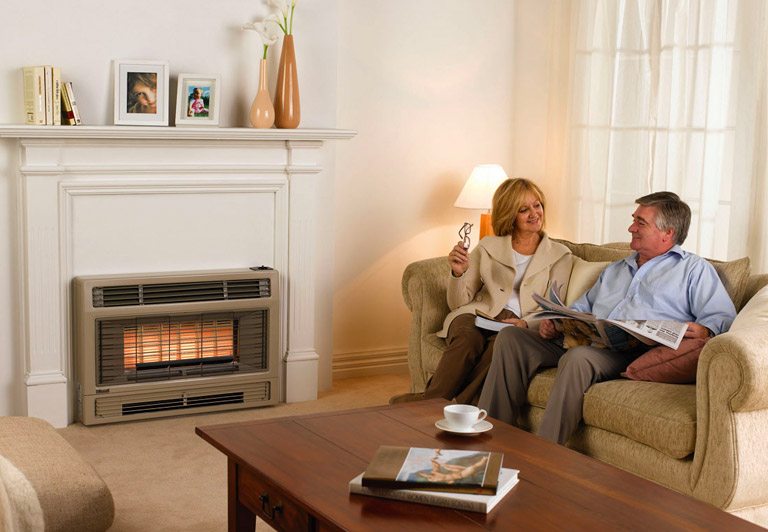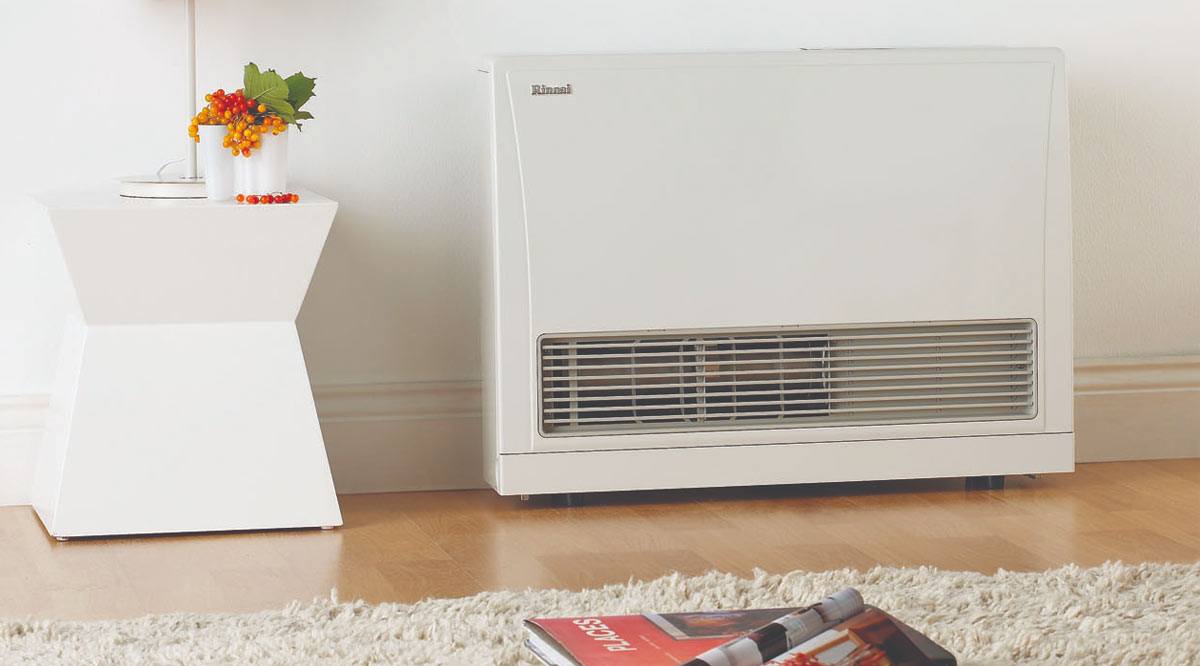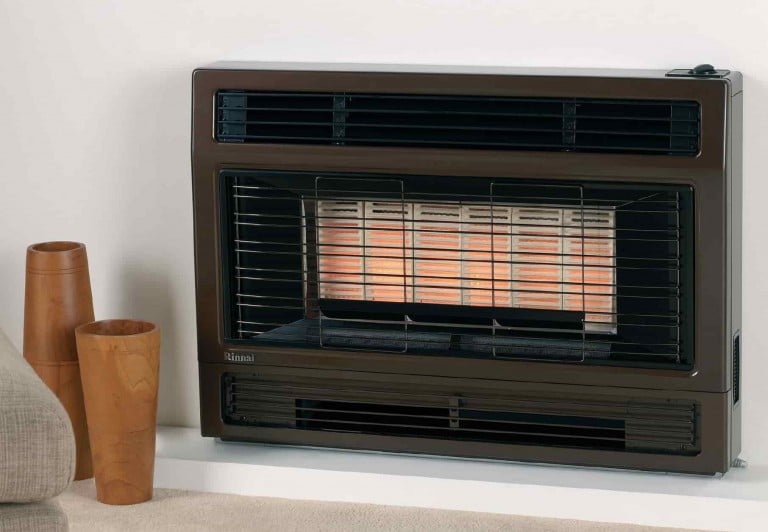
A gas heater can be a godsend during cold nights or the winter months. They are easy to use and can provide excellent heating for your home.
While gas heaters are reliable devices, they may develop problems as they age, which could mean that your heater may need a repair or need to be replaced.
That said, repairing or replacing a gas heater can be costly.
It’s much easier and cheaper to keep an eye out for potential problems and have them fixed before the heater breaks down.
In this post, we explore some common problems that you may encounter with your gas heater.

Constant cycling
Usually, gas heaters cycle automatically between on and off to maintain the temperature at a comfortable level.
That said, sometimes, gas heaters can cycle more frequently than usual, even when the temperature is at a comfortable level.
This may be due to problems with the thermostat or blocks in exhaust vents.
Thermostat problems
Sometimes, electrical issues may be to blame for your gas heater not working efficiently, as the built-in thermostat can give inaccurate temperature readings due to electrical malfunctions.
Inaccurate thermostat readings could lead to the gas heater generating too much or not enough heat.
Pilot light issues
The pilot light is a tiny flame that gas heaters use to ignite the gas.
Although pilot lights were widely used in old gas heater models, they can still be found in some modern gas heaters.
If your gas heater has a pilot light, the following problems with it can cause your gas heater to malfunction.

Clogging
The tip of the pilot light can become clogged with residue and soot, affecting the flow of gas through the tip.
You can clean the pilot light by using a toothbrush to wipe the dirt. You can also use a wire to clean any grime that is deep inside the tip—cleaning should always be done after the gas supply is closed.
If you use your gas heater frequently, you need to clean your pilot light at least once every six months.
Damaged thermocouple
The thermocouple works hand in hand with the pilot light.
It senses when the flame from the pilot light is hot enough to ignite the gas and opens the main gas valve to ignite the burners.
If there are any issues with the thermocouple, it can limit its functionality and keep the valves closed, preventing the heater from turning on.
A faulty thermocouple may need to be replaced to return your gas heater to perfect working condition.
Faulty gas valve
The gas valve is needed to supply gas for the pilot light.
A faulty gas valve could lead to the heater not receiving enough gas. It can also lead to gas wastage, resulting in expensive gas bills.
Aside from an insufficient supply of gas, a faulty gas valve could cause dangerous gas leaks.
In most cases, a faulty gas valve needs to be replaced.
Keep your gas heater problem-free
Gas heaters can develop various problems as they age, and you must understand the causes of these problems to keep them in perfect working condition and avoid expensive repairs.
If you notice any issues with your gas heater, always get it checked by a professional
Give the experts at Alliance Climate Control a call if your gas heater needs repair.
You can reach us on 02 8061 5023.





